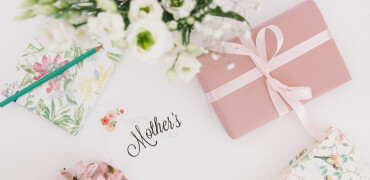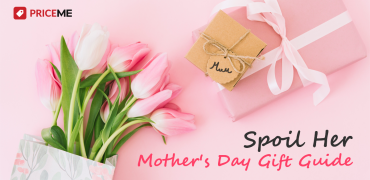Reading is an enormous part of most peoples lives. Whether it be the Sunday paper, the latest New York Times bestseller, or this here article, it's something that most of us couldn't do without. And as the world progresses further into the digital age, getting the latest articles or the most recent books just got even easier, with things called E-Books.
Yes, they've been around for a while. Quite a while, actually. But it's only recently that they've really been pushed to the forefront of most peoples minds, and we figured that it was important to fully understand exactly which brands and models bring the most bang for the buck before you go opening your wallets. Read on for our comprehensive buyers guide on these brilliant little gadgets.
Screens - E-Ink or LCD?
This is the first major decision to make when you're looking at buying an E-Reader. If you've read our guides on TVs, then you'll know the basics about how LCD screens work. What you may not know about, however, is what E-Ink is, and how it operates. Without getting too over technical, I'll try and briefly give an overview of E-Ink, and the benefits it offers.
Conventional LCD screens work by creating their own light, with backlit displays. It's this technique that lets LCD screens show fast moving, bright, colourful images. Sounds appealing, right? And it is, in TV sets. It's brilliant for watching movies, playing games, or other activities that require high levels of colour. The major flaw that these screens suffer from is outdoor viewing. They're nigh on impossible to look at outside, due to the glare they all suffer from. And the secondary, but almost as irritating problem, is the eye fatigue they cause. LCD screens constantly refresh the image on the screen, so fast your brain doesn't notice it, but your eyes do, and they'll let you know after an hour or two of solid viewing.
E-Ink, on the other hand, is neither backlit nor colourful. It can't display fast-moving pictures either, so it's absolutely useless for movies. Why, then, would anyone bother with such archaic sounding technology? Well, that's because, even though there are many things that E-Ink can't do, it's brilliant at one thing - almost perfectly mimicking real ink. It does this by reflecting light, as opposed to creating it. And what does this mean for you? It means you can read for hours without getting sore eyes. It means you can read outdoors. And it means that the battery will last for days (depending on the model of E-reader you get, of course). After all, the battery is only used when the screen is "turning the page".
Tablets vs E-Readers
Let's straighten something out before I get started on this section - All Tablets are E-Readers, but not all E-Readers are Tablets. Application-based tablets, which are those running either Android or iOS, and even Windows-based tablets, have access to E-Reader software, as well as music players, games, and document editors. E-Readers, on the other hand, are dedicated to just one thing, and that's books. As with most things that specialize, E-Readers tend to be better at book imitation than tablets, although that is mainly due to the screens, as mentioned in the previous section. Price is another thing that leans heavily in favour of E-Readers, as they'll set you back up to $300, whereas getting a decent tablet could lighten your wallet to the tune of $799.
Does brand really matter?
Not generally, although there's obviously a few things to look out for. Stick with reputable brands you've heard of before - Brands like Sony, and the king-of-the-hill Kindle by Amazon. If you've never heard of the brand, Google it, or avoid it all together and stick to the trusted ones.
Other features
There's a few other things to look for in an E-book readers, among which are the connectivity options.
Connectivity
Obviously the more features you get the higher the price, and things like the ability to add a sim card can often hike the price up an easy $100. The advantages of a sim card are many - anywhere you can get cellphone reception, you've got access to the latest books. If you opt for a Wi-Fi only E-Reader, you'll have to stock up on books before you make a break for the beach house, unless you happen to have wireless internet there.
Screen
Touch screens are also becoming more and more common on the newer E-books, and offer a far more natural way of interacting with a tablet. But for those who prefer buttons, they're usually a cheaper option.
Memory
Be sure to check what kind of memory your E-reader has before you buy it. Virtual books don't take up much space, but if you're planning on creating buying enough books to fill a virtual library, it's probably a good idea to have some space behind you, or at least the option to add a memory card.
Battery life
And finally, check the battery life of your tablet. I mentioned earlier that digital ink books will last a lot longer than tablets, and that's true, but it is very brand and model dependent. Because really, who wouldn't be annoyed if the battery died halfway through your favourite read?




